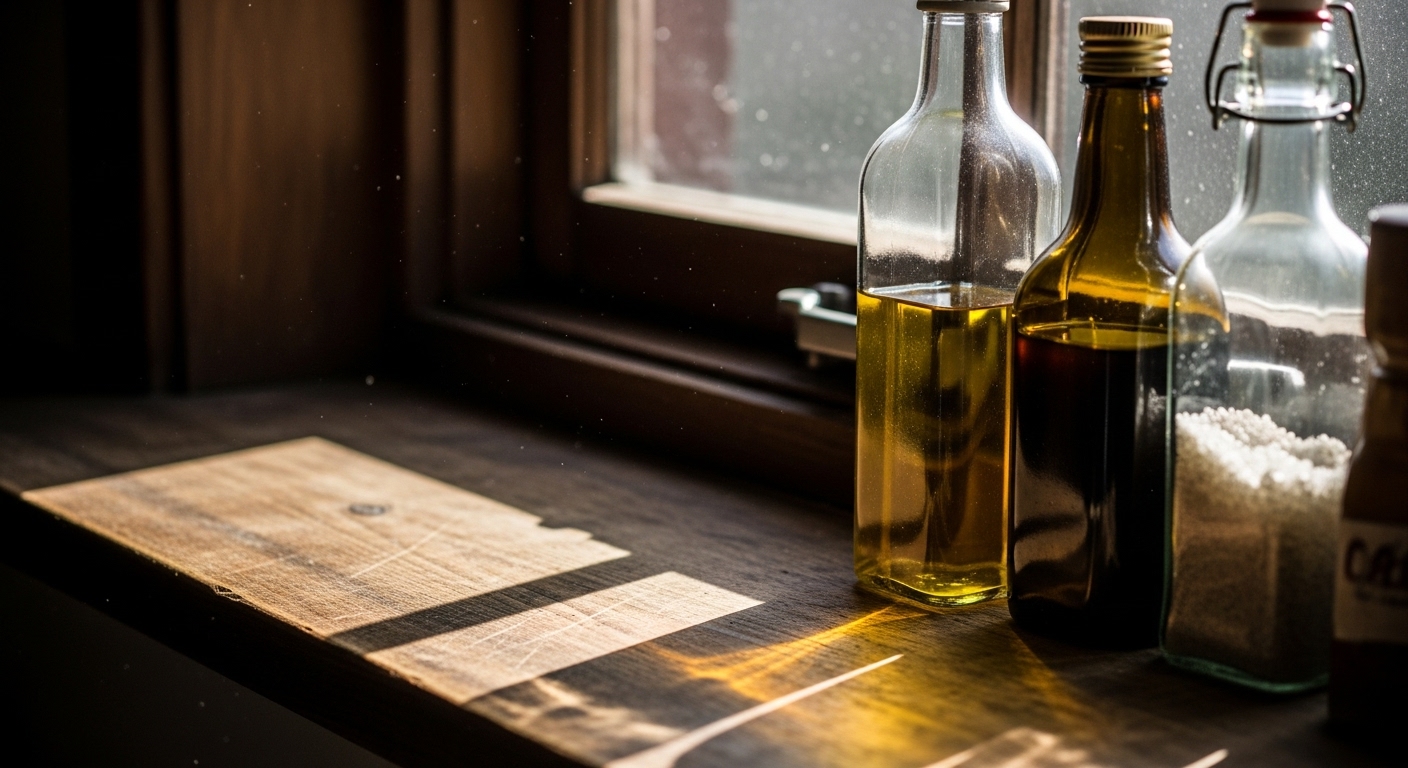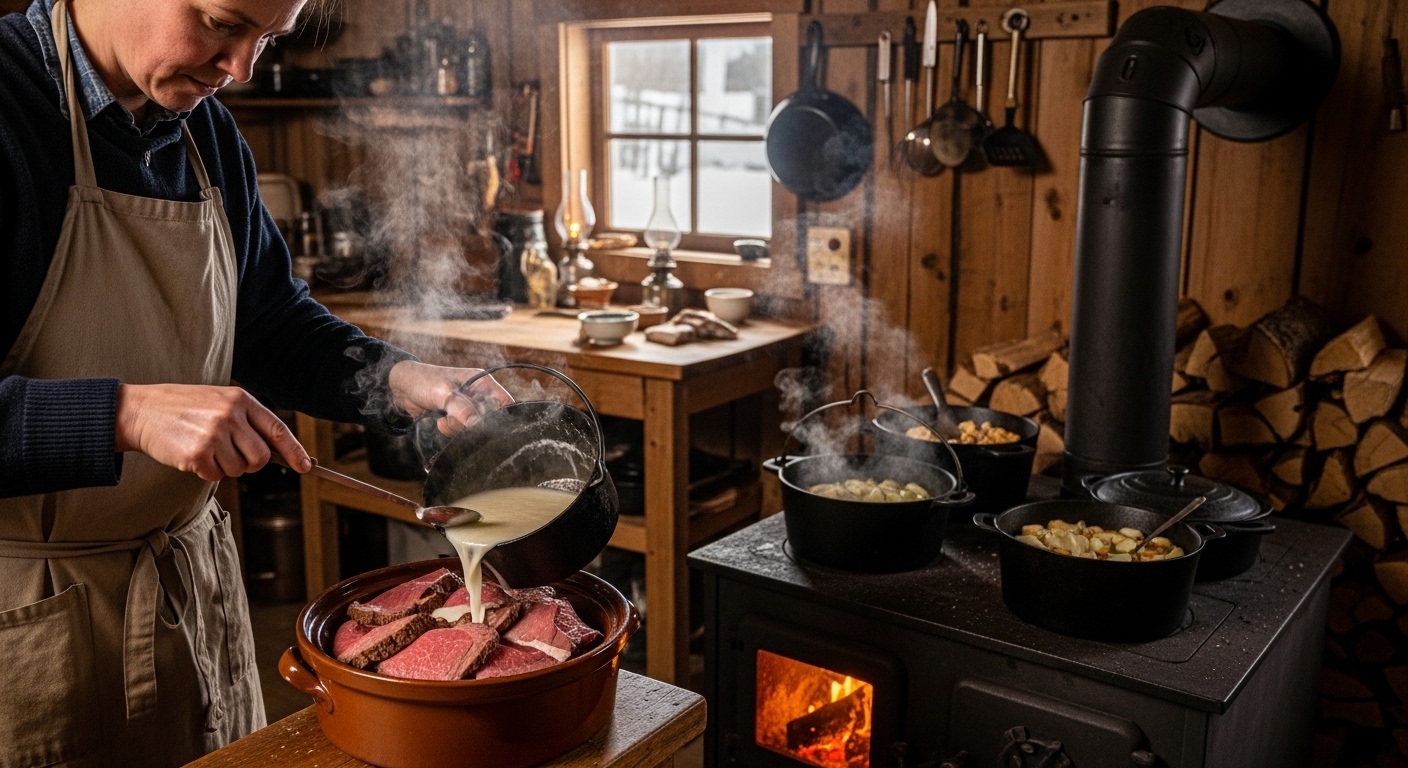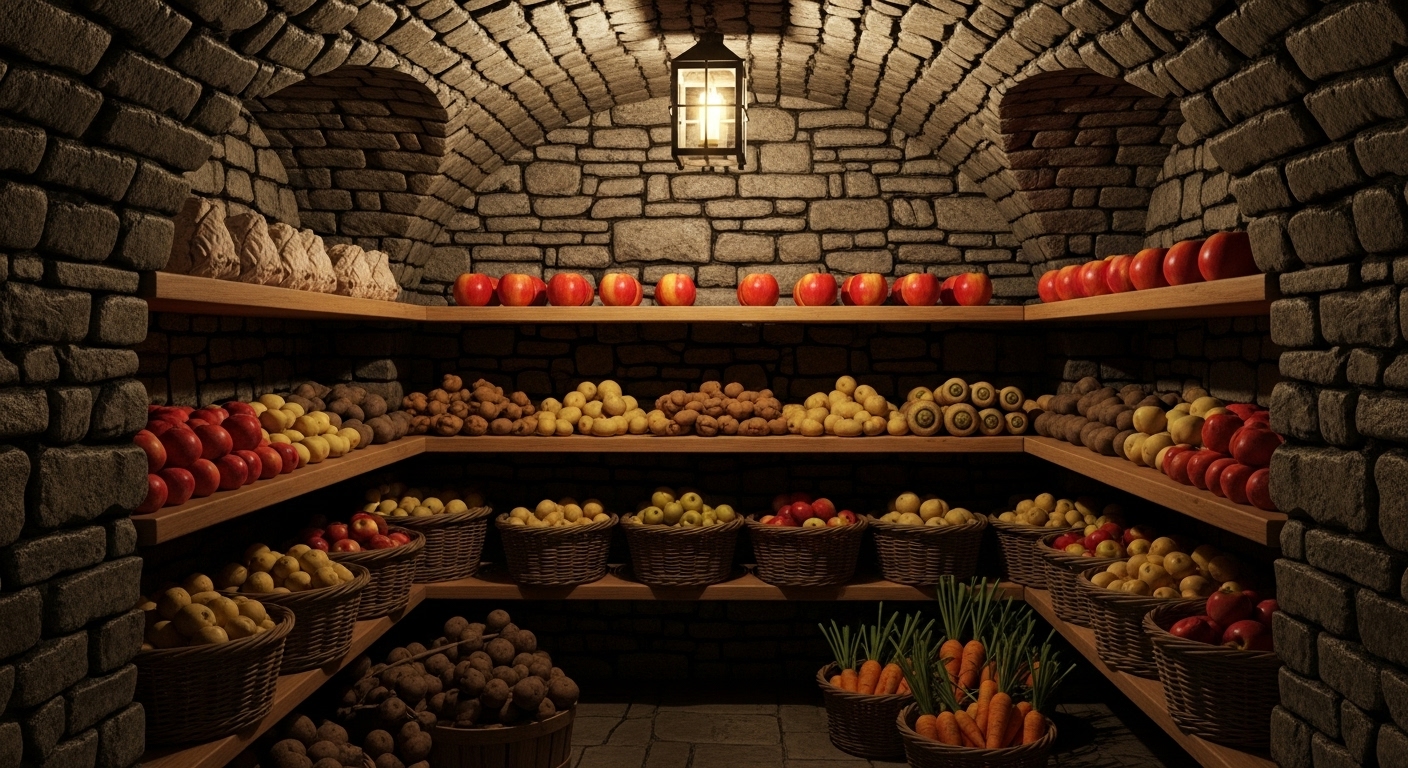Before glass jars and electric refrigerators, ancient civilizations mastered the art of storing food naturally. Their tools—clay pots, amphorae, and wooden barrels—were more than simple containers; they were vital preservation technologies that kept food fresh for months and even years.
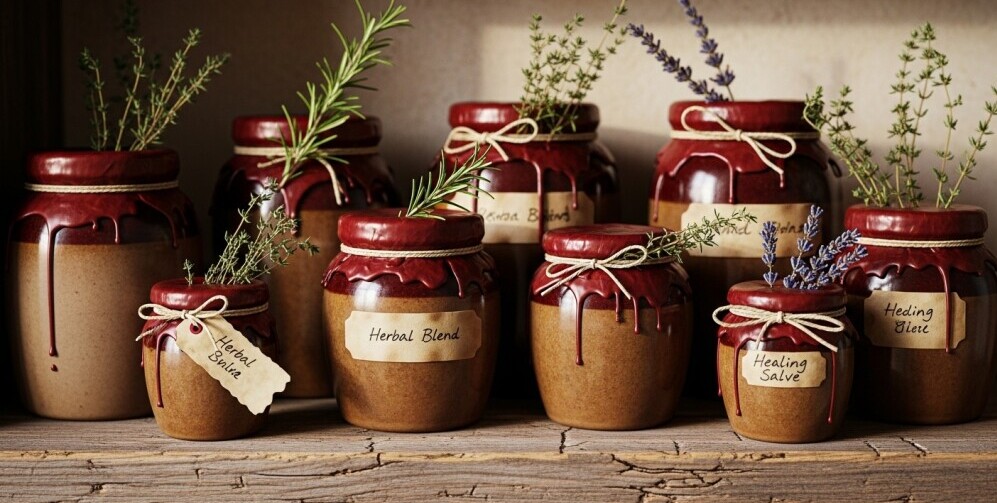
The Role of Early Storage Vessels
Beyond preservation methods like drying or salting, ancient people knew that the right storage environment was essential. Clay and wood naturally helped regulate temperature and humidity, protecting contents from spoilage while enhancing flavor.
Clay Jars and Amphorae: Ancient Coolers
The Greeks and Romans relied on clay amphorae to store wine, olive oil, and grain. These tall, narrow vessels were often sealed with resin or wax, then buried or kept in cool stone cellars. Their porous walls allowed a slow exchange of air and moisture—creating a naturally balanced micro-climate that helped food last longer.
Asian Ceramic Crocs: The Birth of Fermentation
Across Asia, glazed ceramic crocks became central to fermentation traditions. In China, Korea, and Japan, foods like kimchi, soy sauce, and miso fermented inside these vessels. The glaze reduced permeability, while the heavy lids and water seals kept air and insects out—creating the perfect anaerobic conditions for healthy bacteria to thrive.
Wooden Barrels and Casks: Nature’s Aging Chambers
By the Middle Ages, wooden barrels had revolutionized food preservation and trade. Made from oak, pine, or chestnut, barrels allowed just enough oxygen exchange to age products like sauerkraut, pickles, and wine gracefully. The tannins in wood also contributed subtle flavors and antibacterial properties.
The Science Behind Natural Materials
Both clay and wood “breathe,” which means they expand, contract, and subtly regulate humidity. This slow interaction with air keeps fermented foods stable while preventing mold. Modern artisans still prize these vessels for the same reason—they’re sustainable, functional, and produce unmatched taste and texture.
Modern Revival of Ancient Storage
Today’s homesteaders and fermenters are rediscovering ceramic and wooden vessels. From handmade crocks to coopered oak barrels, these timeless containers offer a connection to the past while supporting eco-friendly, plastic-free living. Whether fermenting sauerkraut in a ceramic crock or aging mead in a wooden keg, ancient wisdom is still at work.
🍶 5 Traditional Recipes to Try
1. Fermented Cabbage (Sauerkraut) in a Ceramic Crock
- Ingredients: Shredded cabbage, sea salt.
- Method: Massage salt into cabbage, pack tightly into crock, weigh down, and cover with water seal. Ferment 2–4 weeks.
2. Miso Paste in a Ceramic Jar
- Ingredients: Cooked soybeans, rice koji, sea salt.
- Method: Mix all ingredients, press into glazed crock, cover with parchment and weight. Age 6–12 months in a cool cellar.
3. Pickled Cucumbers in a Wooden Barrel
- Ingredients: Small cucumbers, garlic, dill, brine (salt + water).
- Method: Place cucumbers and flavorings in barrel, pour brine over, seal loosely, and ferment 1–2 weeks.
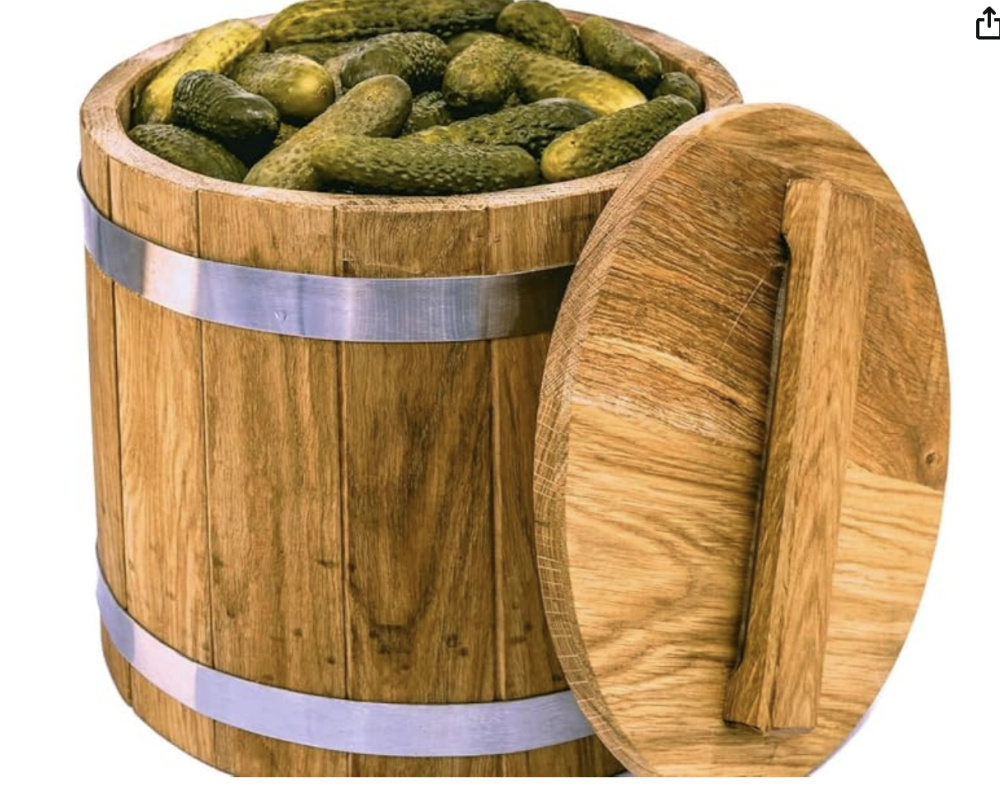
4. Olive Oil–Sealed Cheese in an Earthen Pot
- Ingredients: Cubes of firm cheese, dried herbs, olive oil.
- Method: Layer cheese and herbs in a clay jar, cover completely with oil, and seal. Store in a cool place for up to 3 months.
5. Barrel-Aged Vinegar
- Ingredients: Unpasteurized wine or cider, vinegar “mother.”
- Method: Pour into small oak barrel, cover with cloth, and allow to ferment naturally for 2–3 months.
Part of the “Ancient Preservation Series” — explore other traditional methods to keep your harvest fresh naturally.
© 2025, Teresa. All rights reserved.








